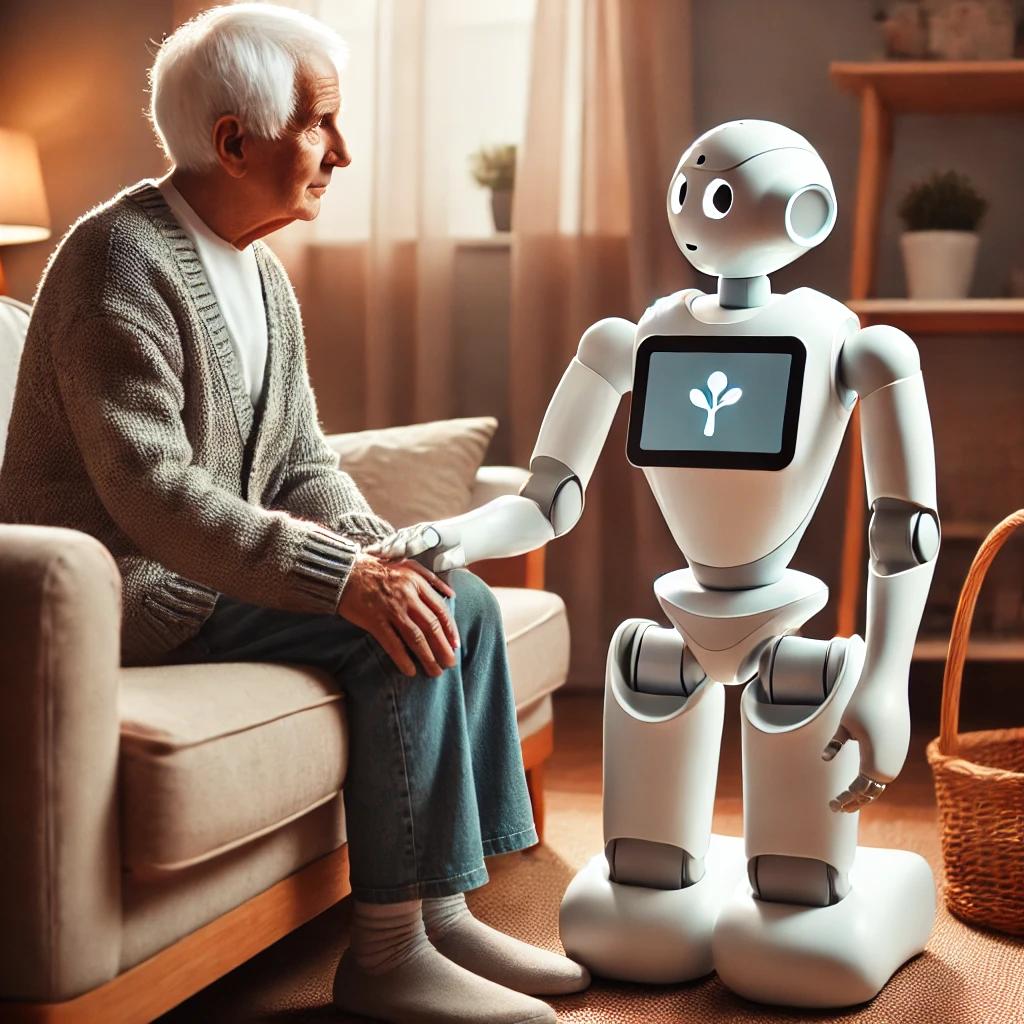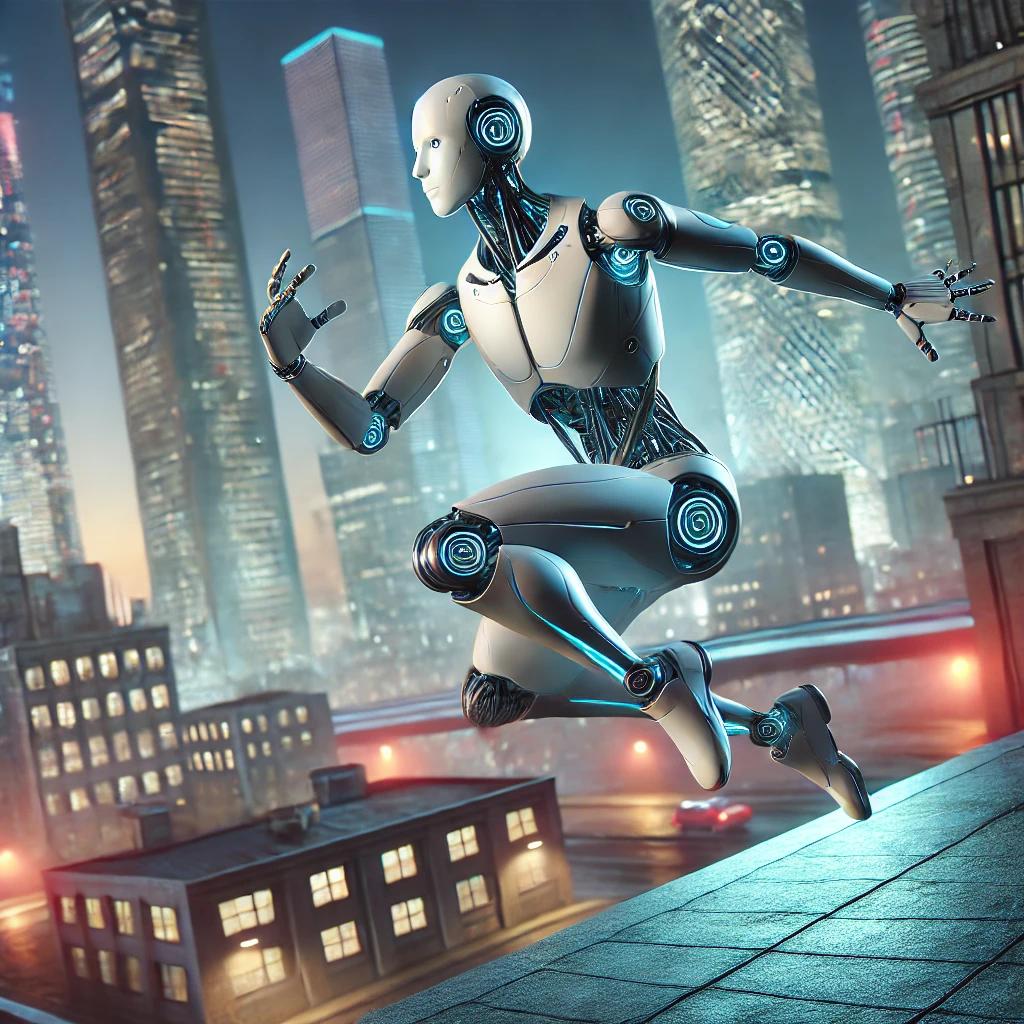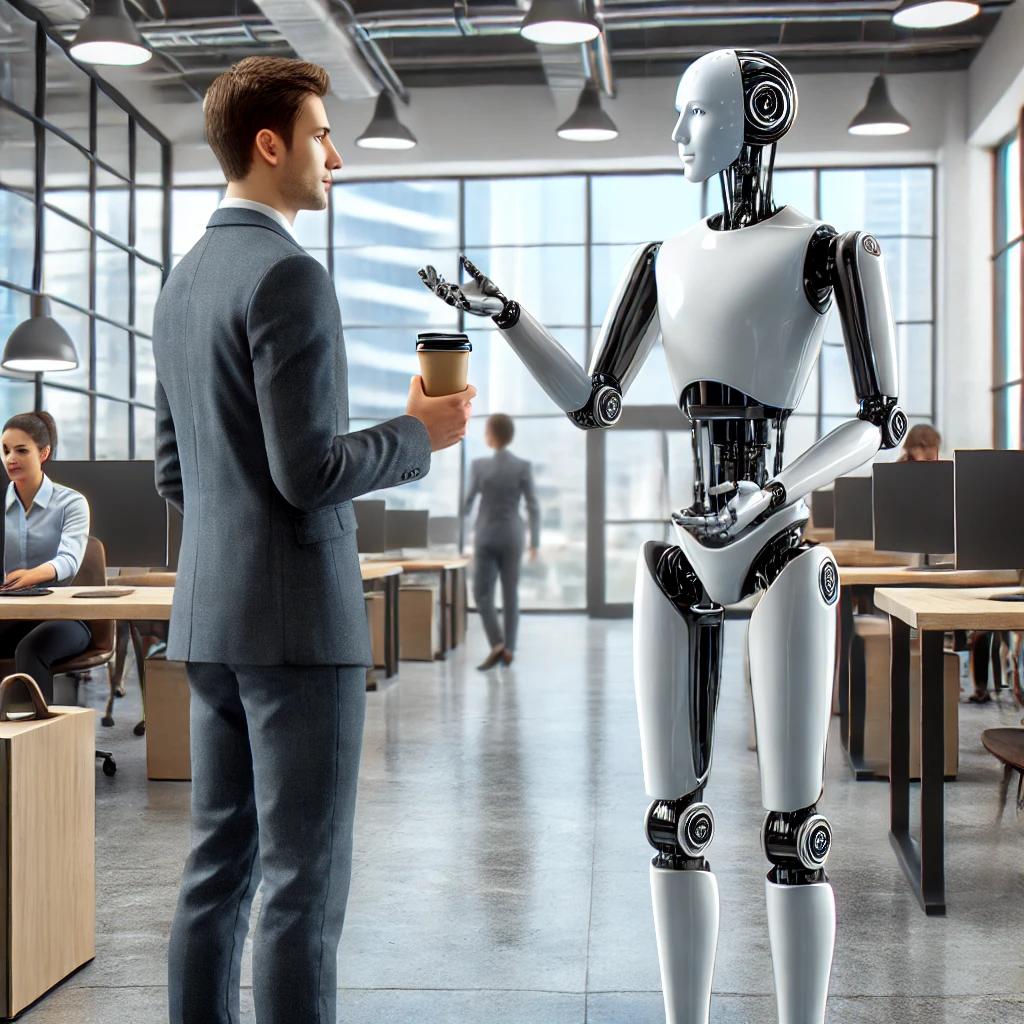Humanoid robots have evolved from science fiction to reality. In recent years, several tech companies have made major strides in developing robots that closely resemble humans in both appearance and function. These advancements are shaking up the fields of artificial intelligence (AI) and robotics. As competition heats up, businesses are racing to perfect these technologies for commercial use.
What Are Humanoid Robots?
Humanoid robots are machines designed to imitate human form and behavior. They have heads, arms, legs, and faces, mimicking our movements and reactions. Their design is often modeled after human anatomy to make interaction more intuitive. While many humanoid robots still require significant refinement, the technology has rapidly advanced in recent years (itprotoday.com).
Who is Leading the Charge?
Some of the biggest names in tech are leading the race. Companies like Boston Dynamics, Tesla, and SoftBank Robotics are pushing the boundaries of what’s possible in robotics.
Boston Dynamics is famous for its robot dog, Spot, but it is also working on humanoid robots. Their robot, Atlas, is capable of performing impressive movements like backflips and complex parkour. The level of dexterity and balance shown by Atlas is unmatched, making it a frontrunner in the field.
Meanwhile, Tesla is making headlines with its humanoid robot, Optimus. Announced in 2021, the robot is designed to help with repetitive tasks in Tesla’s factories. Elon Musk envisions Optimus performing tasks that are too dangerous or monotonous for human workers (builtin.com).
SoftBank Robotics, the company behind Pepper, has been focused on humanoid robots that interact with people. Pepper can understand and respond to emotions, making it useful in customer service roles. SoftBank is continuously improving Pepper’s AI to make interactions more human-like.
The Benefits of Humanoid Robots
The potential of humanoids is immense. They can be used in a wide range of industries. In healthcare, robots could assist doctors by performing complex surgeries or providing care for the elderly. In retail, they could help customers find products or answer questions.
Humanoid robots also have the advantage of being able to navigate human environments. Unlike other robots that require specialized setups, humanoid robots can walk through buildings, use elevators, and interact with objects. This flexibility makes them ideal for tasks in public spaces, offices, and homes.

Challenges Facing Humanoid Robotics
Despite the advancements, the path to perfecting humanoids is filled with challenges. One major hurdle is mobility. While robots like Atlas have demonstrated impressive agility, they still struggle with fluid, natural movement. Most humanoid robots require complex programming and sensors to avoid obstacles and move in human-like ways.
Another challenge is emotion and communication. While robots can recognize emotions, they still lack the deep understanding and empathy that humans naturally have. Developing robots that can fully interact with humans on an emotional level remains a distant goal.
Cost is also a significant issue. Building humanoid robots requires advanced materials, specialized sensors, and cutting-edge AI algorithms. This makes them expensive to produce, limiting their current market reach. However, as the technology matures and becomes more affordable, we can expect to see a shift.
The Future of Humanoid Robots
The future of humanoid robots is bright, despite the challenges. Experts predict that in the next decade, humanoid robots will become more integrated into society. They may become common assistants in homes, workplaces, and public spaces.
As AI and robotics continue to advance, humanoid robots will improve in their ability to perform tasks and interact with humans. Their use will likely expand from niche industries to more everyday scenarios. Some experts believe that humanoid robots will eventually become as common as smartphones.
Ethical and Social Implications
As these robots become more commonplace, society will need to address ethical and social questions. What roles will these robots play in our lives? Will they replace human workers in certain sectors, and if so, how will we handle unemployment? These are critical issues that will need thoughtful discussion.
Moreover, there are concerns about privacy. As humanoid robots interact with people, they collect data that could be used for surveillance or other purposes. The ethical use of data and ensuring these robots respect privacy will be key considerations for developers.
Conclusion
The rise of humanoid robots is reshaping the landscape of AI and robotics. Companies like Boston Dynamics, Tesla, and SoftBank Robotics are pushing the limits of technology, creating machines that mimic human form and behavior. While challenges remain, the potential benefits of these robots are vast. From improving healthcare to transforming customer service, the future is full of possibilities.
As the technology evolves, we can expect to see more humanoids in our daily lives. However, it is important to stay mindful of the ethical and societal implications. The race to perfect humanoid is on, and it will be exciting to see where it leads.


